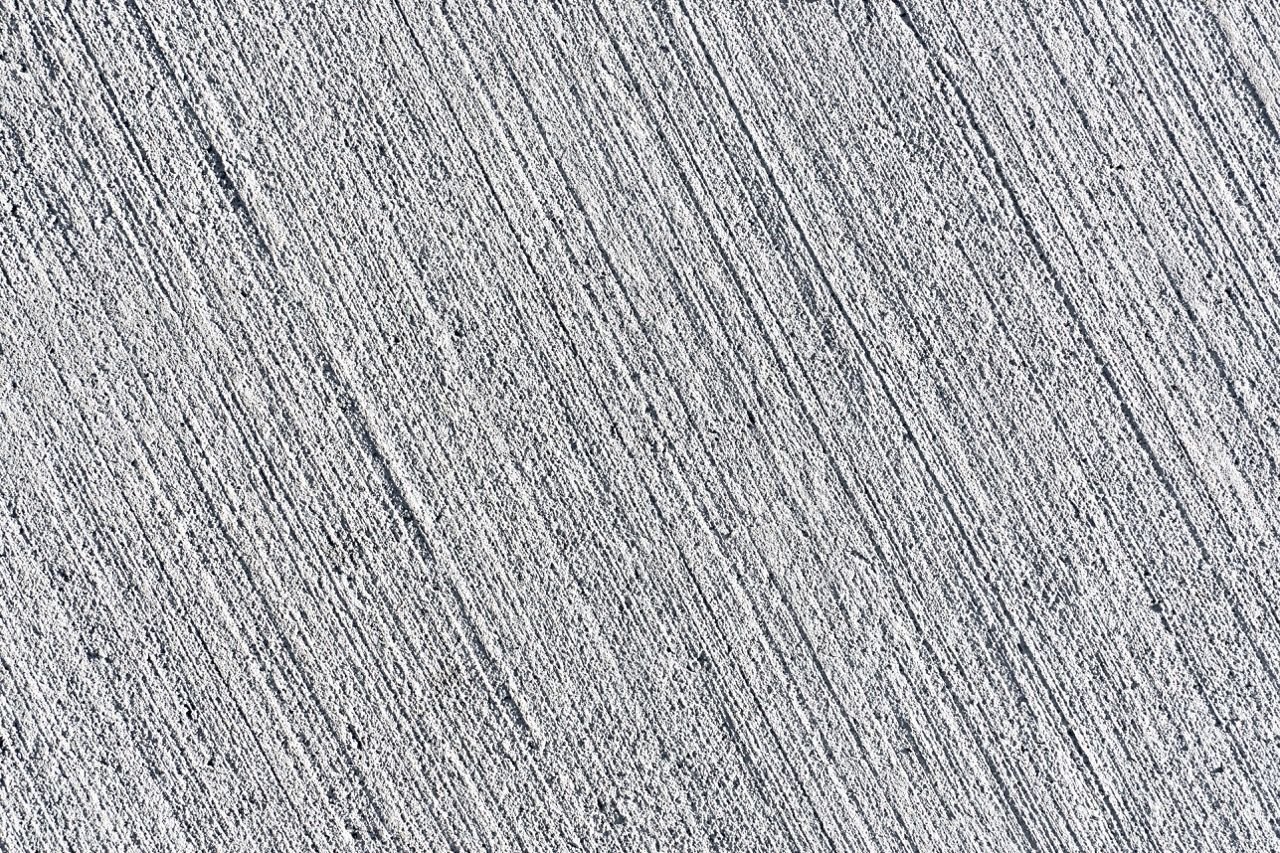
Learn about both the good and the bad when it comes to sealing your concrete with a penetrating sealer.
Concrete is one of those things that most of us take for granted. Until we come face-to-face with a mind-boggling replacement bill, it’s likely that we don’t even realize how expensive it can be.
The cost to replace a concrete driveway can shoot up to $10,000 or more. Yikes.
But many people also don’t realize that with the proper maintenance and care, concrete can last many decades!
Part of a proper concrete maintenance routine is making sure your concrete is sealed with a high-quality sealer to protect it from freeze-thaw cycles, staining, salts, and more. And when it comes to concrete sealers, there are two main camps to choose from: penetrating and topical.
Here at A-1 Concrete Leveling, we find the benefits of penetrating sealers to work better to protect and preserve our customers’ concrete, so that is the service we provide. However, we know that many people like the look and functionality of topical sealers, too.
This article will walk you through the pros and cons of penetrating concrete sealer, but we also have an article about the pros and cons of topical sealer if you'd like to learn more about that option.
Penetrating Sealer Pros and Cons Overview
| Pros | Cons |
|---|---|
|
|
|
|
|
|
|
|
|
|
|
Pros of Penetrating Concrete Sealer
-
High Level of Protection
Penetrating sealer absorbs into the pores of the concrete and undergoes a chemical reaction that makes the concrete hydrophobic. This prevents moisture, stains, salts, etc. from being absorbed into the pores and causing damage.
-
Lasts a Long Time
Depending on the penetrating sealer you use and where you apply it, the protective benefits could last between 5 to 25 years before needing reapplication.
-
Cost-Effective
Penetrating sealer is often more cost-effective upfront than a topical sealer, but it also works out to save money in the long run because it has to be reapplied less often.
-
Doesn’t Change the Tread or Surface Grip
Because it absorbs into the concrete rather than sitting on top, penetrating sealer doesn’t change the surface tread. This means the grip your concrete had before sealing will stay the same, and you don’t have to worry about a slippery surface.
-
Works Well With Concrete Caulk
Penetrating sealers work well with concrete caulk because they absorb into the concrete instead of hardening on the surface. This allows the concrete to expand and contract naturally without constricting or pulling up on the concrete caulk.
-
Can Be Cleaned
Lightly pressure washing the concrete to clean any accumulated surface grime won’t damage the sealer or its protective benefits.
Cons of Penetrating Concrete Sealer
-
Doesn’t Cover Up Stains
When the sealer is applied to the surface, it absorbs into the concrete. It dries nearly invisible and doesn’t change the surface appearance or texture.
This means it will not hide any stains that couldn’t be cleaned before sealing. In fact, any stains left in the concrete will be locked in.
-
Not DIY-Friendly
Penetrating sealer takes more skill to apply and troubleshoot. It’s important to make sure the absorption rate is correct because a purple-white hue can develop if too much sealer is applied to the concrete.
High-quality penetrating sealers are also harder to find at big box stores and often have to be ordered from manufacturers in large quantities.
-
Hard to Know When to Reapply
It can be tricky to figure out when your concrete is due for another application of penetrating sealer. You have to perform tests to watch how much and how fast the concrete absorbs water or additional sealer.
It’s often best to have a professional perform tests in various areas around the concrete to check whether or not the concrete is still protected.
Your Next Steps
After learning about the pros and cons of penetrating concrete sealer, you’re now better equipped to decide whether or not it's the right option for your concrete.
But it’s also important to keep in mind that penetrating sealers are just one option – topical sealers can protect and preserve your concrete and come with their own unique benefits and drawbacks.
This resource from A-1’s Concrete Academy talks about the pros and cons of using topical concrete sealer: Topical Concrete Sealer: The Pros and Cons
If you want to see both options compared side by side, check out this article: Penetrating vs. Topical Concrete Sealer: Which Is Right for You?
Interested in seeing what concrete cleaning and sealing can do for your concrete? Click the link below to request a free onsite cost estimate:
Click Here to Find Your Nearest Location and Receive a FREE Estimate
Sarah Etler joined A-1 Concrete Leveling after receiving her Bachelor of Arts degree in English from Northern Kentucky University. As A-1's Content Marketing Manager, she works closely with industry experts to produce content that will best answer questions related to concrete repair and maintenance practices. Sarah loves living a life full of discovery and is excited every day to see what new things she can learn and share with those around her.